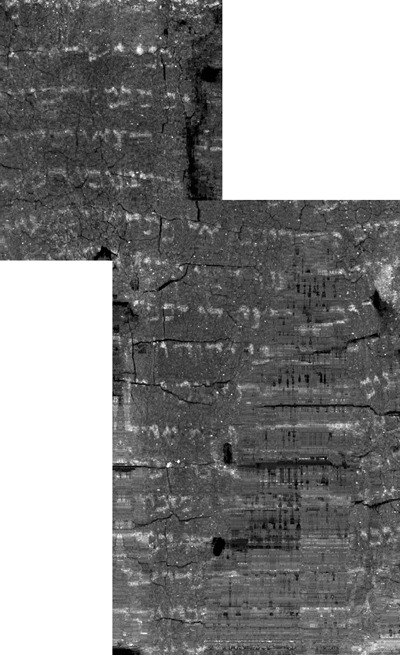(by Chris McKinny)
The book of Joshua has the most geographical details of any book in the Bible. This is particularly the case for Joshua 13-21, which provides a series of different lists or non-graphic “maps” describing different aspects of Israel’s tribal settlement. Joshua 12, which precedes this section, is different (and unique) than the subsequent lists in that it provides a detailed list of 34 “slain kings” of Moses and Joshua. In a sense, this list provides a summary of Numbers 21 (the Transjordan Conquest under Moses) and Joshua 5-11 (the campaigns in Cis-Jordan under Joshua) as it lists all of the towns mentioned in these campaigns and provides some additional towns (e.g. Tirzah) that were apparently involved in the conquest.
Interactive Map of Joshua 12
Site Identifications
In this interactive map, I have compiled all of the towns in the list and provided the known archaeological details about the site (see also bibliography below) in a compact form. Wherever possible I have linked a low-resolution photo of the site. Of the 34 towns in the list, 30 can be identified with relative certainty. These four sites include the following: Goiim, which has not been identified; Ai which is probably to be identified in the area of et-Tell, but the conquest site could be located at a nearby site (e.g. Kh. el-Maqatir?); Hormah has not been securely identified, but I suggest Tell Beit Mirsim (McKinny 2015); and Maron/Madon/Meron is possibly Tell el-Khureibeh (e.g. Rainey and Notley 2006:129) just on the Lebanese side of the Israeli-Lebanese border. There are various identification problems with other sites in the list, however, most of these site identifications are generally agreed upon.
Archaeological Analysis
Assuming the traditional connection between Ai and et-Tell and my suggested connection of Hormah with Tell Beit Mirsim, this leaves us with 32 sites that have been identified and surveyed or excavated. Significantly, 28 of these 32 sites have clear Late Bronze Age remains. And what are the sites that are missing Late Bronze? Heshbon (Tell Heshban), Ai (et-Tell?), Arad (Tell Arad), and Makkedah (Khirbet el-Qom). Makkedah was only briefly excavated and Middle Bronze remains were found at the site, which might hint at the presence of later remains. Heshbon revealed phases of the earliest Iron I phases, but not Middle or Late Bronze Age. Ai and Arad are two of the three “etiological” towns along with Jericho (which, in fact, has Late Bronze) whose inclusion in the conquest narratives is usually associated with their large Early or Middle Bronze ruins (i.e. later Israelites attributed the observed ruins to traditional Joshua and Moses figures). This brief post is not the place to argue for or against this rationale, however, in light of the evidence of 88% of the towns in the Joshua 12 list having Late Bronze/Canaanite occupation it seems worth noting that these arguments are based on exceptions to what appears to be a coherent depiction of Late Bronze Canaan. This at least points to the likelihood that the writer of the Joshua 12 list (which, again, reflects the conquest narratives of Josh. 5-11) had a detailed understanding of the geopolitical landscape of Canaan in the Late Bronze Age.
Download Bibliography here.



